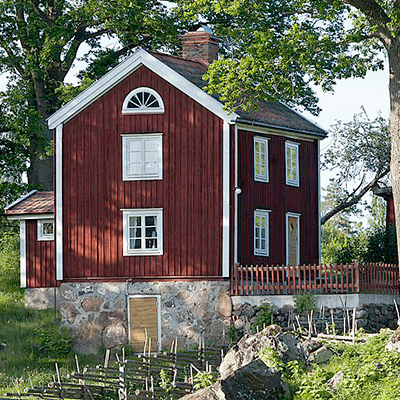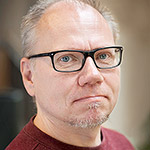Facts:
Project leader
Patrick Svensson, Professor, Division of Agrarian History, SLU
Project time
2020-2021
External funding
Dr. Carl Kempes stiftelse, The Royal Swedish Academy of Letters, History, and Antiquities

This project dealt with the living standards of the rural population during the nineteenth century agricultural and industrial revolutions. The main focus was on the landless and semi-landless groups and the aim was to relate what happened on the micro level, the farm and the hamlet, to overall societal changes and to previous results found on national level.
This project dealt with the rural population during the nineteenth century agricultural and industrial revolutions. During periods of growth and transformation, people’s living conditions and living standards were affected. Moreover, to understand how these massive changes were brought about it was necessary to study also the local level, how individuals and households acted and re-acted. The main focus was on the landless and semi-landless groups and the aim was to relate what happened on the micro level, the farm and the hamlet, to overall societal changes and to previous results found on national level.
Through studying Stensjö hamlet in south-eastern Sweden, a regional component was added to previous Swedish studies mainly focusing on major grain-producing areas in southern and central parts of the country. One advantage with choosing Stensjö was that it is a cultural reserve where the structure of the hamlet is preserved from the late nineteenth/early twentieth century, along with its surrounding land. This provided unique possibilities to understand the prevailing local context during the period studied
Patrick Svensson, Professor, Division of Agrarian History, SLU
2020-2021
Dr. Carl Kempes stiftelse, The Royal Swedish Academy of Letters, History, and Antiquities

Patrick Svensson, Professor, Division of Agrarian History, SLU, +4618673549